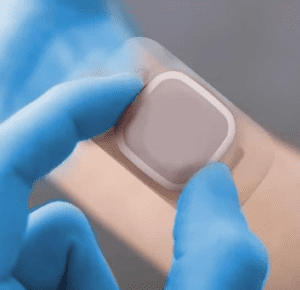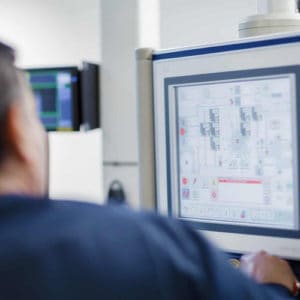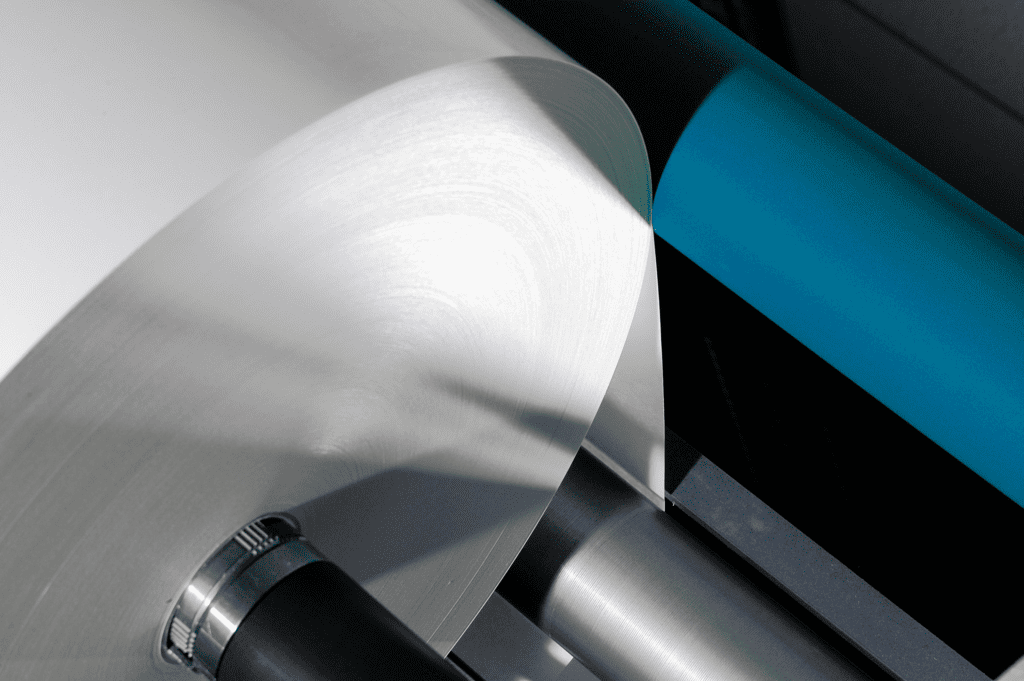Roll-to-roll (R2R) Converting is a process in which materials are processed or manufactured in a continuous, linear fashion, typically using rolls or reels. This method is commonly employed in the production of flexible materials, such as films, foils, textiles, and various types of flexible electronics. The “roll-to-roll” term refers to the continuous feeding of a web or sheet of material from one roll to another throughout the manufacturing process in a continuous flow, this allows for high-volume production and increased efficiency with the potential advantage of generating component parts on the final rolls. This plays a crucial role in the production of a wide range of flexible and continuous materials particularly in the medical manufacturing field. There are many benefits to utilizing roll-to-roll converting, we review a few of these key advantages below;
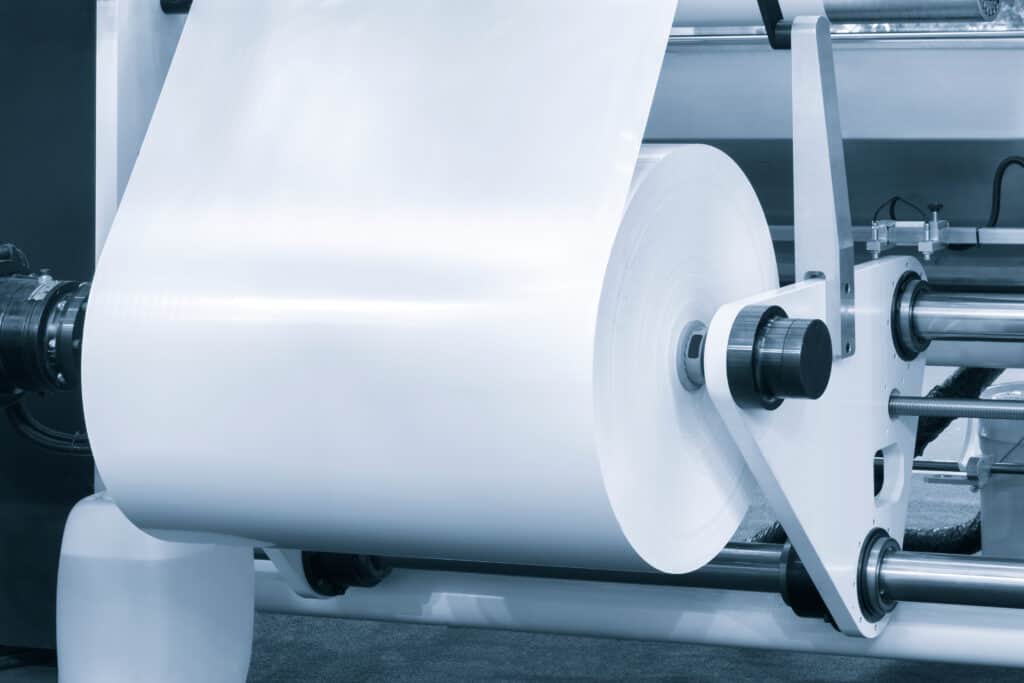
Increased Output, reduced costs;
The continuous nature of roll-to-roll manufacturing allows for uninterrupted production. This results in higher throughput as there is minimal downtime between processing steps, unlike batch processing, where each batch must be individually processed and handled, roll-to-roll systems operate continuously, enabling a more efficient and streamlined production process. The continuous movement of the material through the various processing steps allows for rapid manufacturing, automated systems employed by your manufacturer can handle many of the processing steps, therefore reducing the need for manual intervention and labour-intensive tasks. Additionally, R2R manufacturing can be combined with other converting capabilities and consolidated to one production line, two examples would be lamination and die cutting, the combination of these product manufacturing processes can be integrated for a more streamlined and cost effective manufacturing process. This efficiency contributes to overall cost savings and the combination of continuous processing, high production speeds, and minimized waste makes roll-to-roll manufacturing cost-effective for high-volume production.
Minimum Waste;
Roll-to-roll manufacturing minimizes material waste compared to batch processing, with continuous processing, there is often less setup waste between batches, and the process can be optimized to use materials more efficiently. Naturally, the die cut of a design will produce some waste, however by combining your roll-to-roll manufacturing with your die cut on the production line, the waste output is reduced. This is crucial for cost-effectiveness and environmental sustainability, and a key factor for medical device designers when deciding on a manufacturing process. The emphasis for a greener future has impacted the medical manufacturing market and we are seeing more and more importance being placed on the reduction of waste during the manufacturing process.
Accuracy;
Medical part manufacturing is a complex field, stringently regulated and each stage of your production process will require validation and quality management. R2R manufacturing can improve your outcomes and accuracy in several ways, primarily by leveraging continuous and automated processes such as precision slitting, continuous processing ensures a consistent and uninterrupted flow of materials, contributing to more accurate and uniform results. Automated equipment and processes such as die cutting, can be utilized to execute tasks with high repeatability, reducing the likelihood of human errors resulting in less quality rejects, and again reducing waste. In processes involving coating or deposition of materials, such as in the production of thin films or printed materials, R2R systems enable consistent application techniques. Methods such as flexographic printing, and various deposition techniques can be fine-tuned and controlled to achieve accurate and reproducible results across the entire length of the material. This ability to control processing parameters with precision enhances the accuracy of the final product.
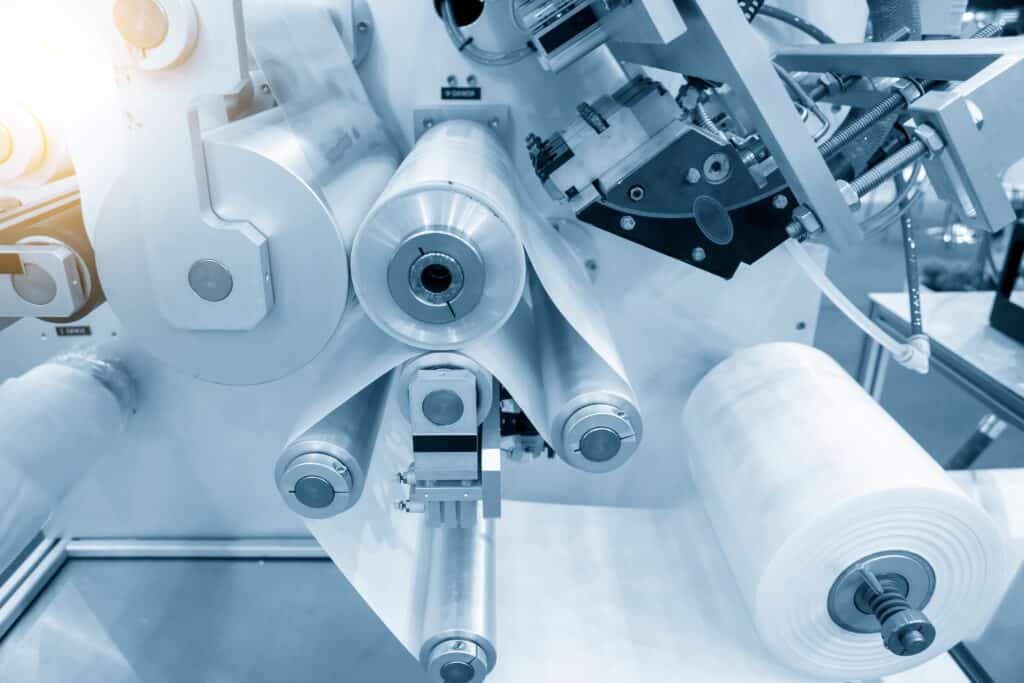
Cleanroom Manufacturing;
Cleanrooms are designed to minimize airborne particles such as dust, contaminants, and microorganisms and in industries like medical device production, particle control is crucial for maintaining product quality. When we combine this with roll-to-roll manufacturing, Cleanroom environments help prevent particulate contamination on the continuous rolls of materials being processed. Cleanrooms offer precise control over environmental factors such as temperature, humidity, and air cleanliness and this level of control is essential for maintaining consistent manufacturing conditions, particularly important in applications like pharmaceuticals & medical devices, the risk of cross-contamination can be greatly reduced by utilizing a cleanroom environments, helping to minimize this risk by providing a controlled space where each roll-to-roll manufacturing process can be isolated and maintained separately.
Quality;
Many industries, such as pharmaceuticals, and medical devices, have strict regulatory requirements regarding cleanliness and environmental conditions, by it’s nature, the continuous flow of materials in R2R manufacturing allows for better consistency in product quality. Parameters can be tightly controlled throughout the entire process, leading to more uniform and reliable products. Roll-to-roll manufacturing allows for real-time monitoring of there parameters, such as thickness, temperature, and coating uniformity enabling rapid detection of deviations from desired specifications.
Read More from PolarSeal
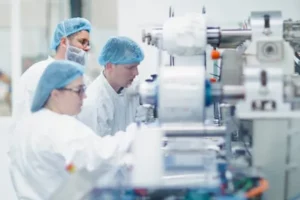
PolarSeal’s converting solutions from start to finish
As a key player in the medical field there is a strong focus on innovation and improving patient outcomes but there are many stages that
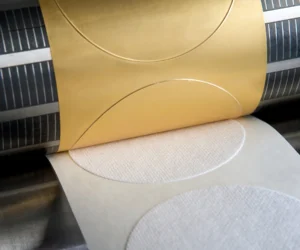
7 Ways Die Cutting Can Save You Money
Die cutting is a technique utilised in a vast range of manufacturing industries and can be an expensive process if not monitored or optimized for
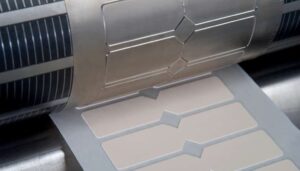
Your Rotary Die Cutting Questions Answered
There are a wide range of capabilities when it comes to die-cutting, at PolarSeal we are equipped and experienced on many of these, from Flat


